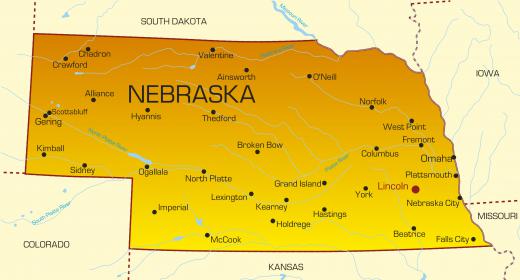A pedestrian bridge, also called a footbridge, is simply a bridge, whether over land or water, that is designed for foot traffic as opposed to vehicle traffic. Often, footbridges are constructed to give pedestrians a safe way to cross from one side of a busy road to the other. There are also pedestrian bridges built over railroad tracks, rivers, parking lots, canyons and other areas where walking could be perilous or even impossible.
People have been constructing variations of the pedestrian bridge for centuries. The ancient Romans built pedestrian bridges out of stone as early as 142 BC to enable people to cross the Tiber River. The arch shape was incorporated into these pedestrian overpasses to give them durability and strength. Many of these footbridges still exist today, including the Ponte Fabricio bridge in Rome, which is a two-arch bridge that was completed in 62 BC and still contains all of its original materials.

With the advent of vehicular transportation, society began to switch its focus to building bridges strong enough to support more than just people on foot. First came bridges built for horse-driven vehicles, and then those that could accommodate trains or automobiles. The pedestrian bridge remained important though, especially for people who could not afford to give up traveling on foot.
Today’s pedestrian bridge can be made from wood, rope, metal or even plastic. It can serve both a utilitarian purpose and a decorative one. Many use these bridges to add character to their gardens or backyards. For example, a gardener may put a pedestrian bridge over a small pond or creek. These bridges are also popular as overpasses near shopping malls and subway stations.
Architects continue to update the design of pedestrian bridges, both for structural and artistic reasons. One interesting design is that of the round pedestrian bridge. Examples of this style can be found in Australia, over the Craigieburn Bypass Freeway, and in Aveiro, Portugal. Another notable design is the curved bridge, and two U.S. examples of it are the Seminole Trail Bridge in Longwood, Florida, and the Bob Kerry Bridge near Omaha, Nebraska.
Some pedestrian bridges have lights, Plexiglas® walls, chain-link ceilings and other safety features. These enhancements protect both the people walking across and, in the case of bridges over roadways, the people driving vehicles below. One hazard of having such walkways above roads is that people can drop objects, accidentally or purposely. This can be a threat to motorists’ safety.
